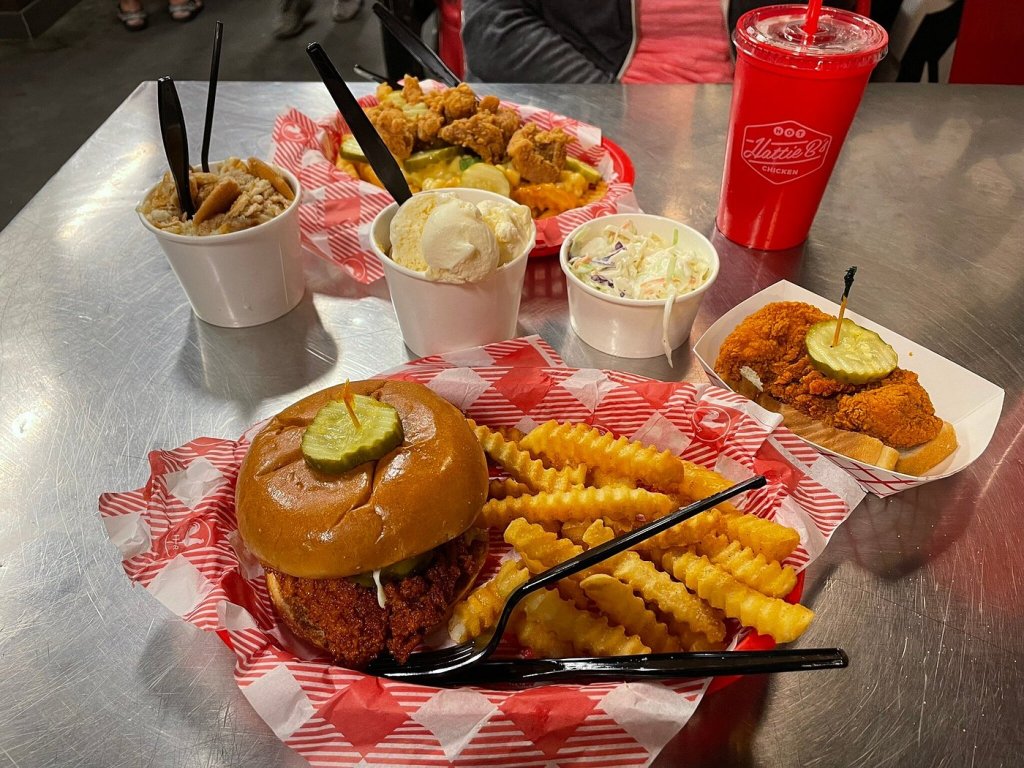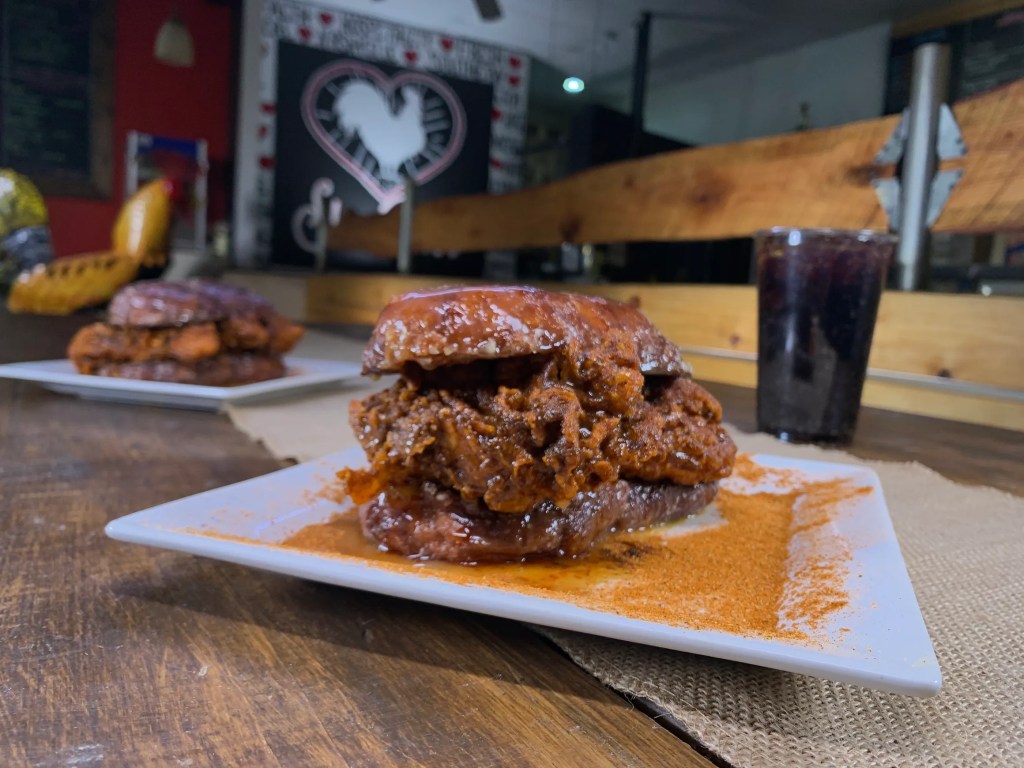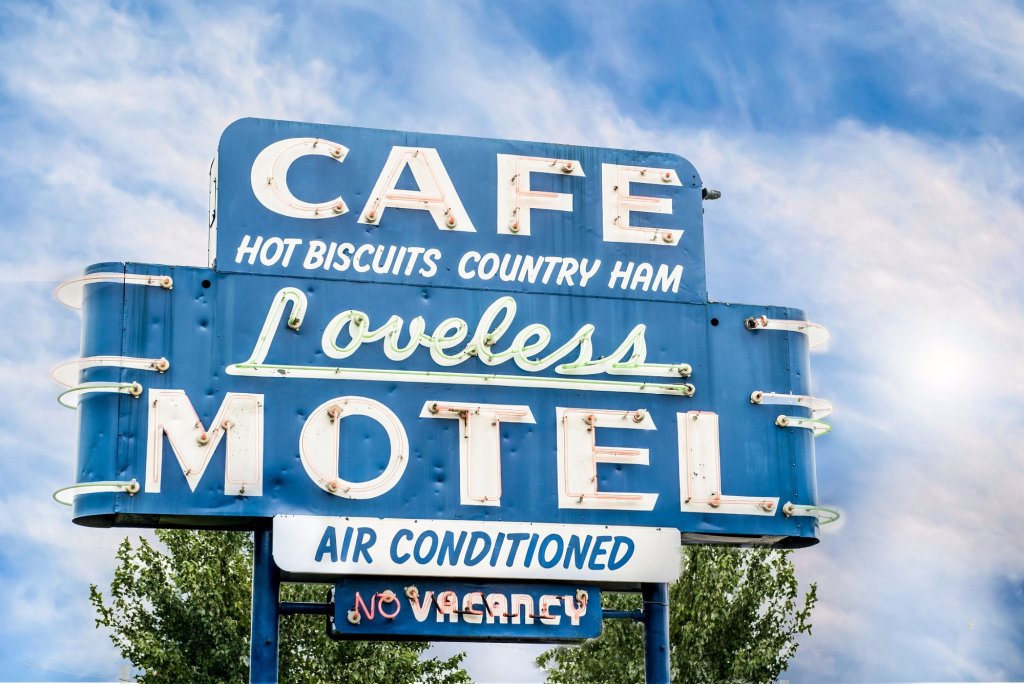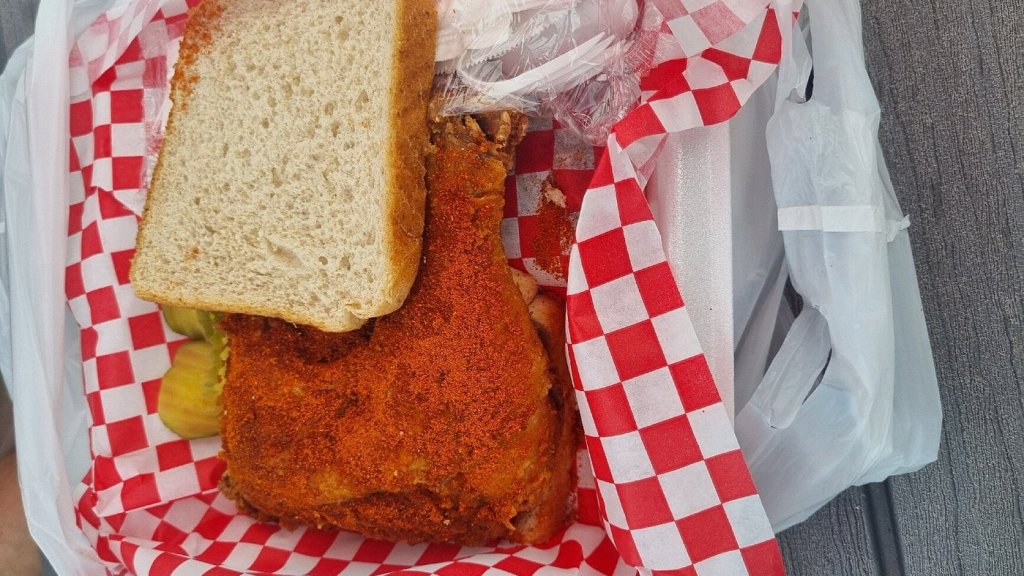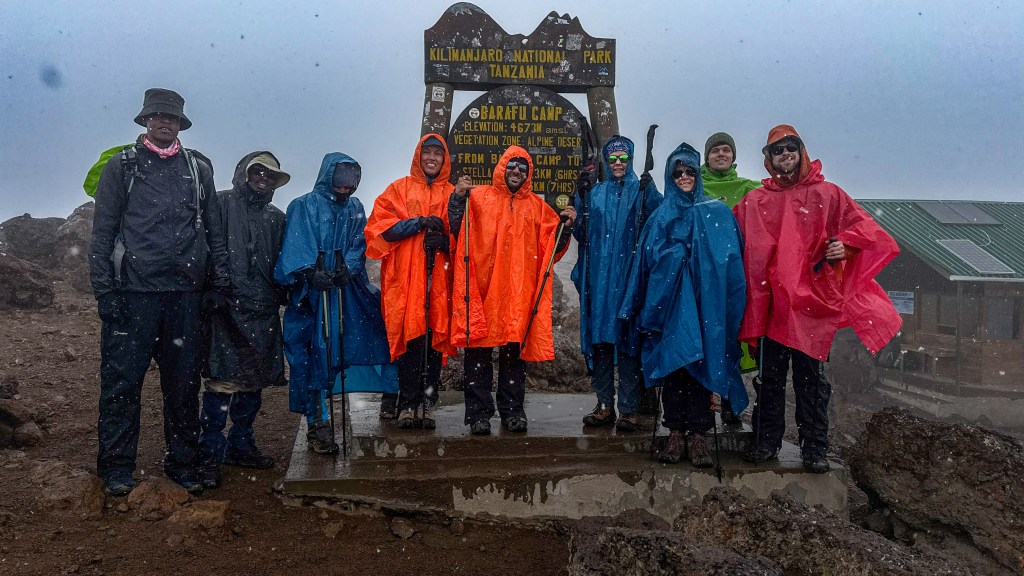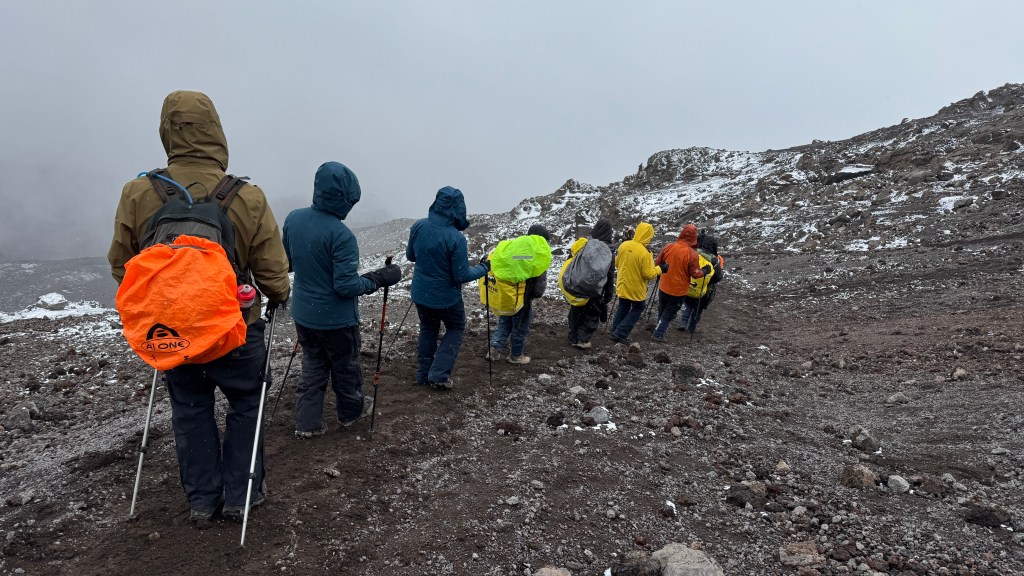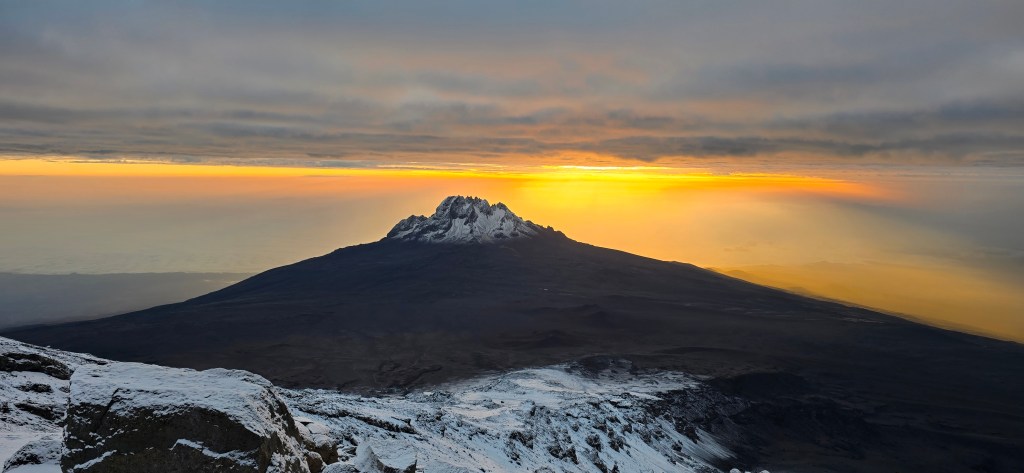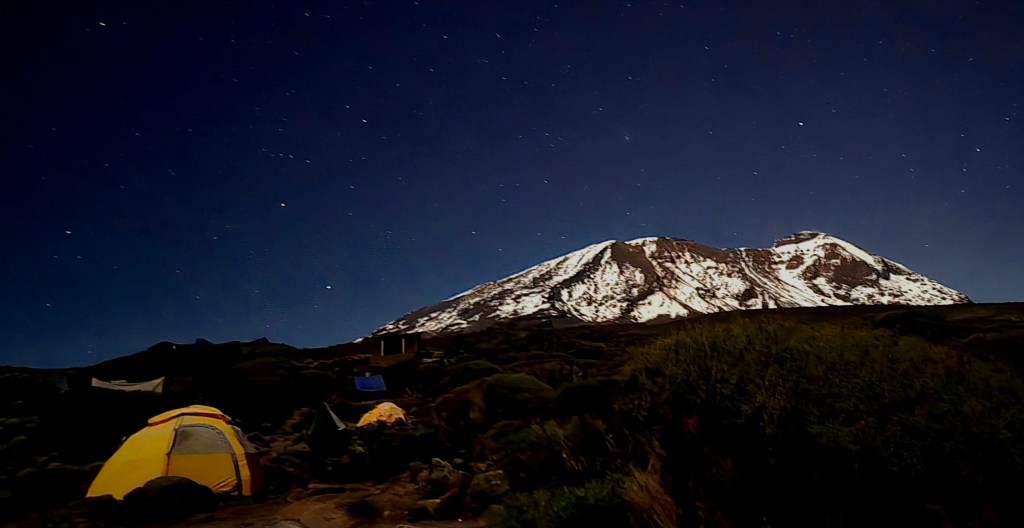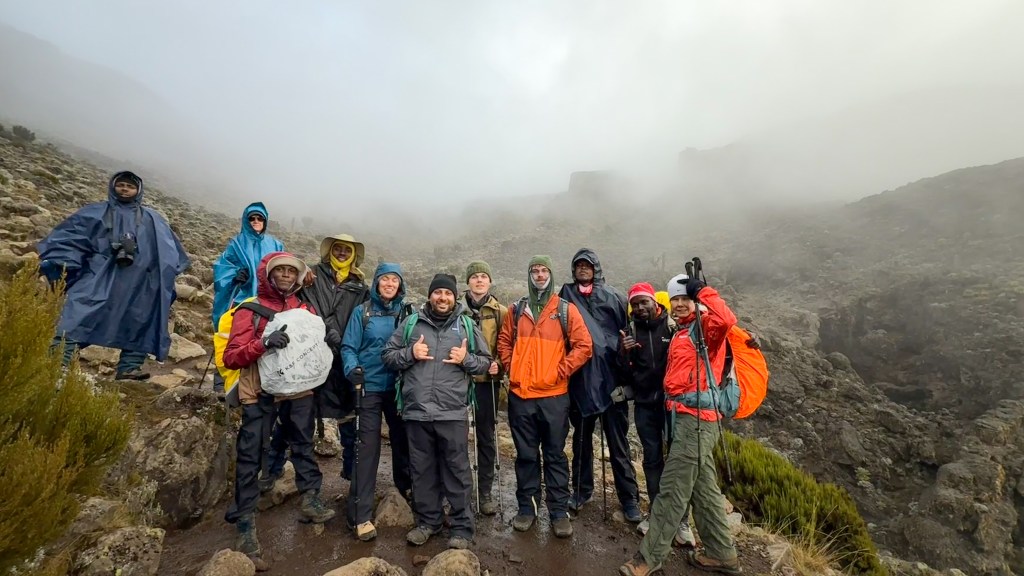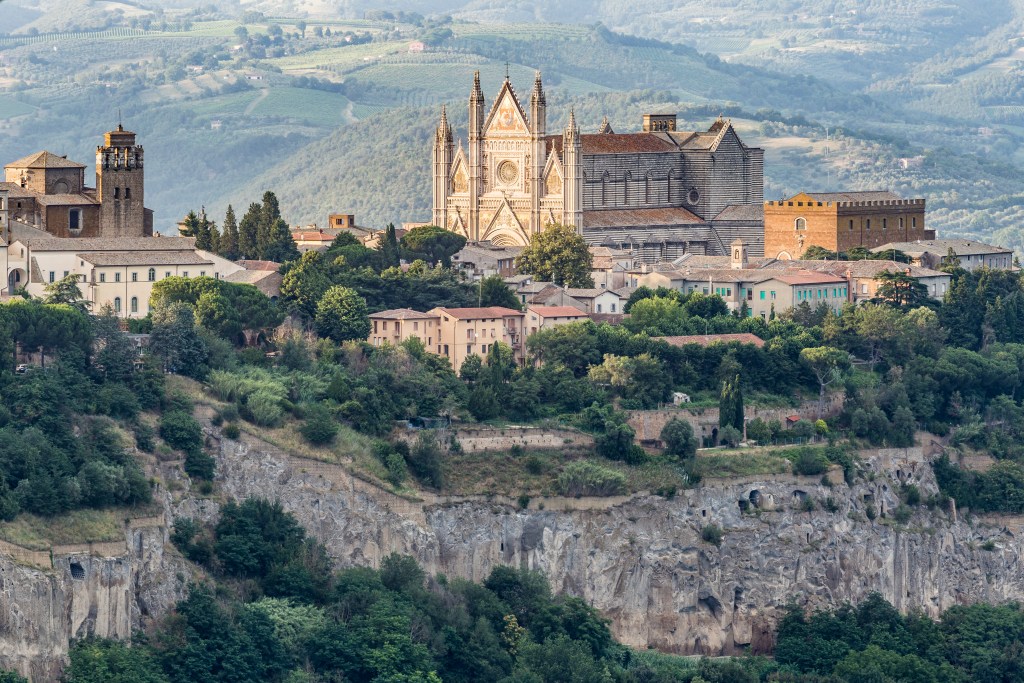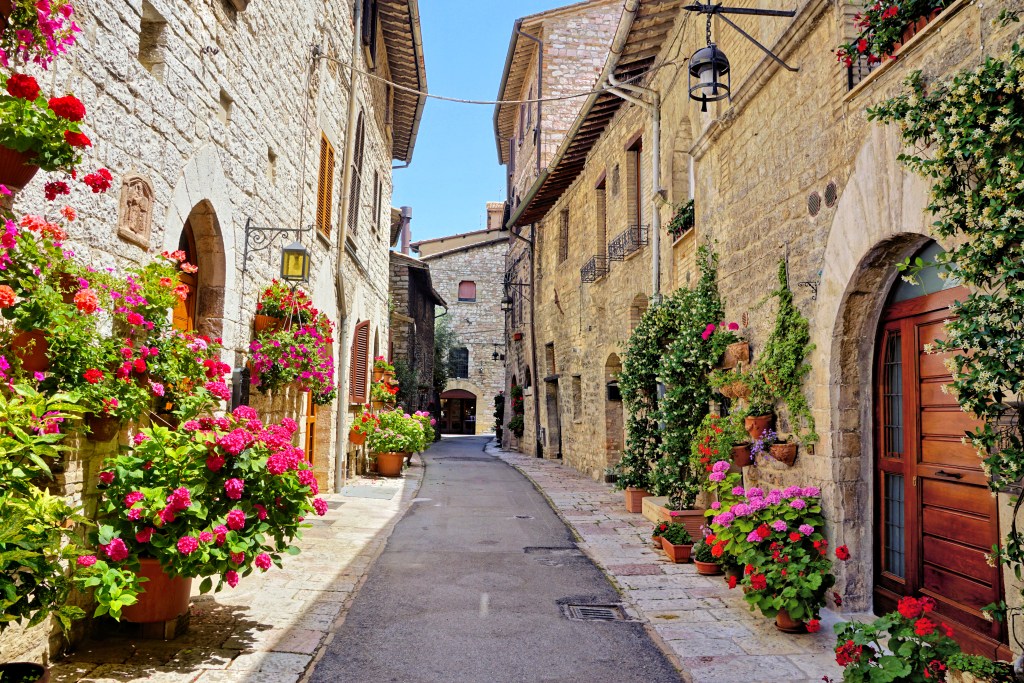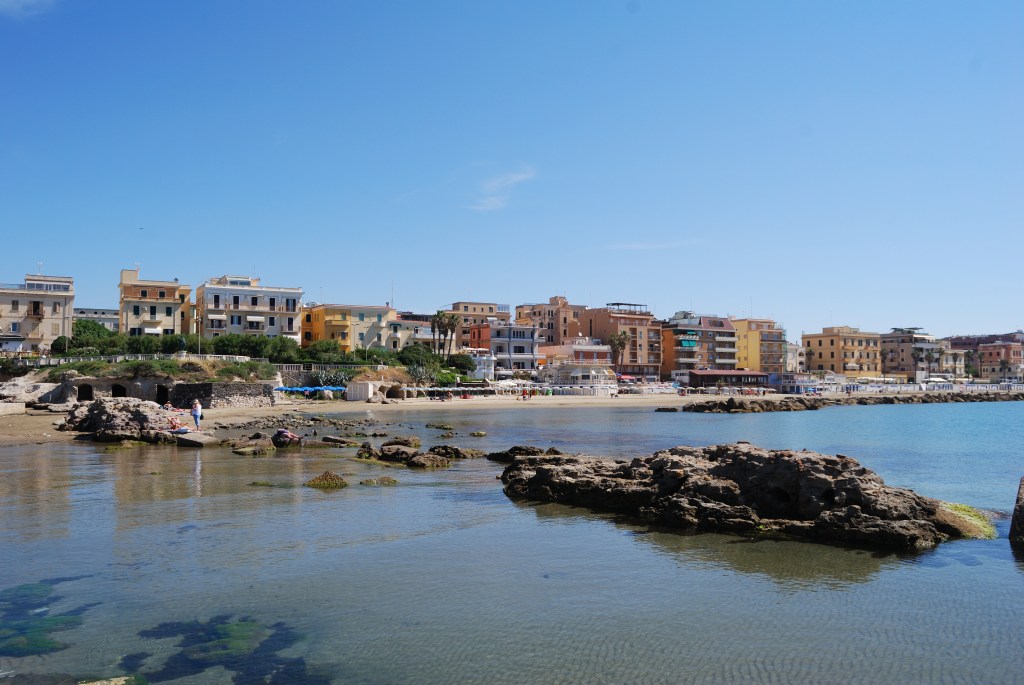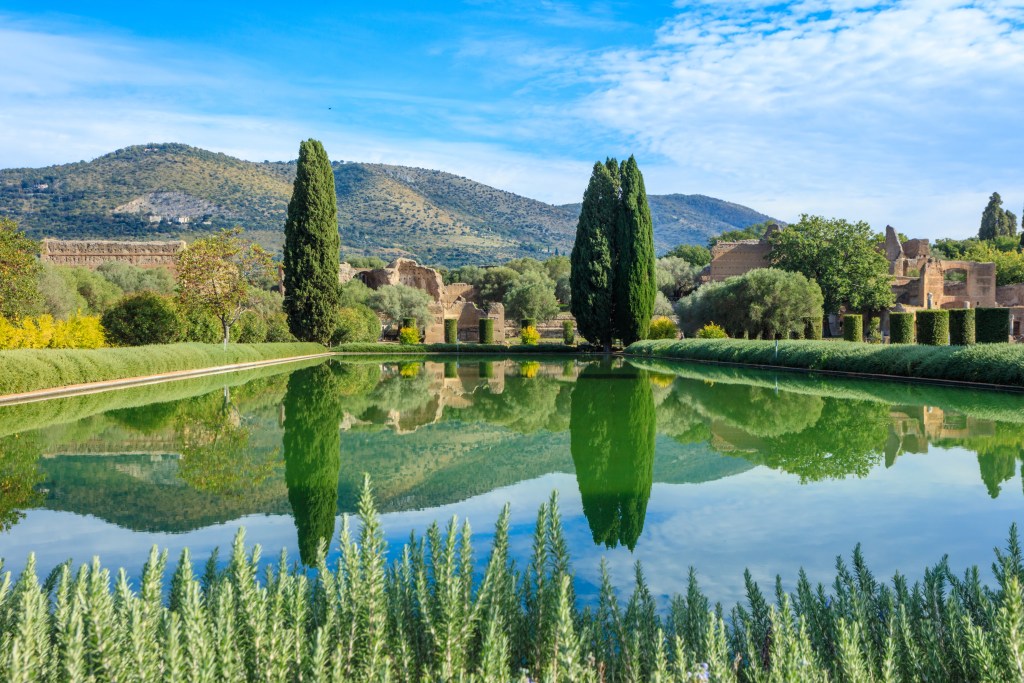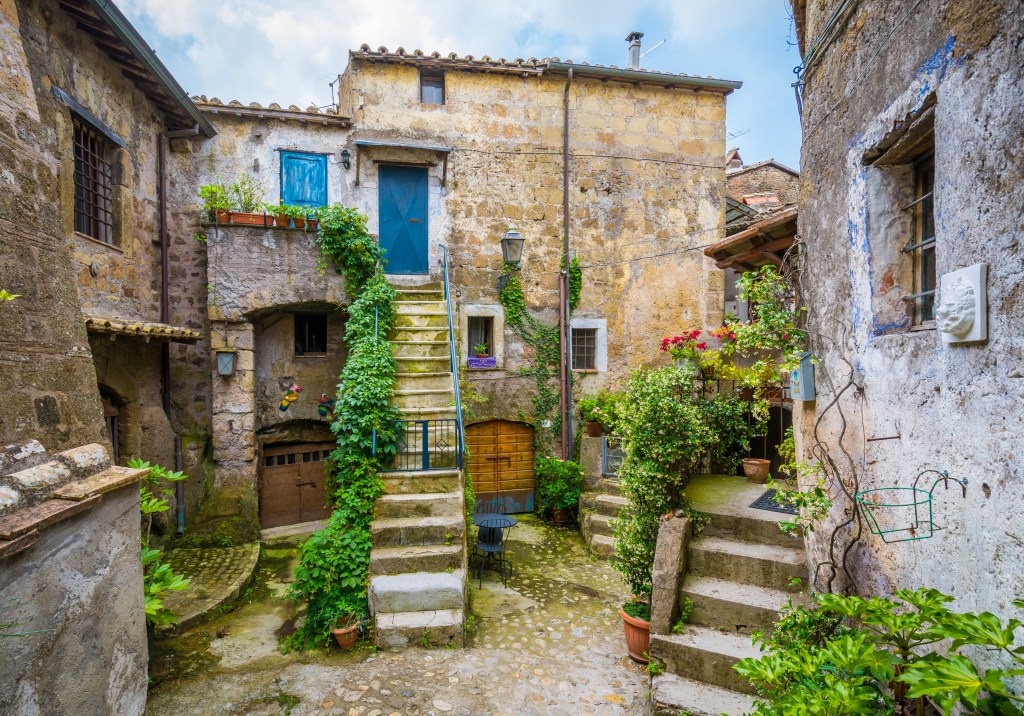There’s a never-ending back-and-forth comparing low-cost airlines to pricier legacy airlines.
I tend to book low-cost flights when traveling domestically in the US or Europe. (I live full-time in Barcelona but regularly travel to the US, usually to the East Coast and Midwest.) By contrast, I’m happy to pay more for pricier tickets for intercontinental trips.
But that’s a new approach for me.
I only recently made the decision to pay more to fly between the US and Barcelona, and that decision was driven by a mishap with a KLM booking last year that lost me almost $1,000. (Consider this your reminder to always read closely what comes with an economy booking.)
That mishap with KLM was ultimately my fault. Not only did I need to cancel my trip at the last minute, but I had also failed to read the fine print when buying the ticket.
When it came time to rebook that trip, I opted to go all-in on a Delta booking from Barcelona to Saint Louis, Missouri. It cost around $1,600—which is no small bill for a trip home.
But I’ll never go back because, despite the fact that Delta didn’t get my checked bag on my flight between Atlanta and Saint Louis, I wasn’t too worried about it… even though I hadn’t slept in a day and didn’t have all the necessary supplies in my carry-on to get through a day without my bag.
Sounds like a disaster, right? Actually, it all turned out okay. And I have that Delta booking to thank for it.
If you’ve been on the fence about spending more on a reliable legacy airline on international flights, let me tip you over into ‘I’ll never go back’ territory.
These are the three reasons I will only book international trips with reliable airlines—even if those tickets are outright expensive.
3 reasons to start booking with pricier legacy airlines on international trips
Reason #1: Legacy airlines tend to fix problems on their own
Things go wrong with baggage all the time. Checked luggage is misplaced, lost, or rifled through by customs agents regularly.
And given it’s the airport’s ground crew that’s responsible for transporting luggage into the cargo hold, you won’t be calling them when things go wrong. It’s the airline’s responsibility to get your luggage to your final destination.
My flight from Barcelona landed in Atlanta; from there, I had a connecting flight to St. Louis. But after getting through customs and waiting at the baggage carousel, my suitcase never arrived.
I checked with an agent who said that the bag was accounted for but had been stopped by customs. (It was full of gifts—no surprise there.) The agent recommended that I continue on my journey to make my connecting flight, which I did.
Unfortunately, when I boarded my connecting flight, I could tell from the Delta tracker that my bag wasn’t onboard. A flight attendant told me to leave it—and that Delta would have it on the next flight to St. Louis.
I doubted that with my entire heart, but I wanted to get home before I crashed from exhaustion, so I let it go. (Also, I had no other option.)
To my wonderment and relief, when I landed in St. Louis, I could see that my luggage had made it onto the next flight headed into my hometown.
I did not speak with a single Delta agent to make this happen. No phone calls. No waiting at the Delta kiosk.
While the delay was a nuisance, it was handled efficiently and, most importantly for someone who’s burnt out after a 12-hour flight, without any instigating on my part.
I have no words for that type of customer service magic. It was like a warm embrace. Again, it was inconvenient to return to the airport to pick up the bag—but it wasn’t actually Delta’s fault that my bag was lost in the first place. Still, they fixed the problem.
Here’s what I’ve learned: The higher the ticket price, the more likely the airline is to solve these types of problems without any pushing on your part.
Reason #2: Dual bookings from third-party sites give airlines the opportunity to point the blame elsewhere
Let me take you back to 2022. I was heading from Barcelona to New Orleans for a wedding. The wedding was on Saturday, so I didn’t have much time to spare when I left work on Friday to head to the airport.
I boarded a British Airways flight to Miami, where I would then board an American Airlines flight to NOLA.
But the flight was delayed. And delayed. And then it got delayed a little bit longer until the clock struck midnight, and we were told our plane wouldn’t be taking off. I waited for well over an hour in a customer service line before being sent to an airport hotel… without any way to get there.
Ultimately, I was rescheduled on a flight for noon the next day—giving me barely enough time to make the wedding.
I ended up booking a Spirit Airlines flight to make it on time the next morning. I could go into greater detail about everything that went wrong that evening, but I think the fact that a hyper-discount airline saved the day paints a solid picture.
After almost missing the wedding, I tried to contact customer support for a partial refund for the flight between Miami and New Orleans. Or, at least, my taxi fare to and from the airport hotel. American Airlines and British Airways pinged me back and forth until my soul could fight no more.
(To clarify: American Airlines and British Airways are both legacy airlines—but booking separately won’t give you the full experience with either. Book a single trip whenever possible.)
Here’s my advice: Booking directly with an airline costs more but can also save you down the line—and completing one booking makes it easier to hold an airline accountable for messing up.
Reason #3: The little details come into focus with legacy airlines
My last point is about those creature comforts. Every time I’ve booked with a pricier legacy airline for international flights, I’ve been treated to an elevated experience.
This translates to almost every facet of the flight—from getting ready to board at the gate to de-boarding on another continent.
Lining up at the gate is more stress-free and organized. Agents and flight attendants tend to be more ‘on their game’ because they’re being paid at a higher rate. (That’s not always the case, of course.)
These small factors make the entire journey feel more streamlined and calmer. Again, this is a personal decision for me—feeling that I’m part of a well-oiled flying process lets me board a long-haul flight with a greater sense of ease. And that ease helps alleviate stress, restlessness, and other worries.
Here’s what I’ve learned: If hectic airport experiences have left you with airport stress, paying more for a legacy airline ticket (even a basic economy tier) can revolutionize your travel experience.
